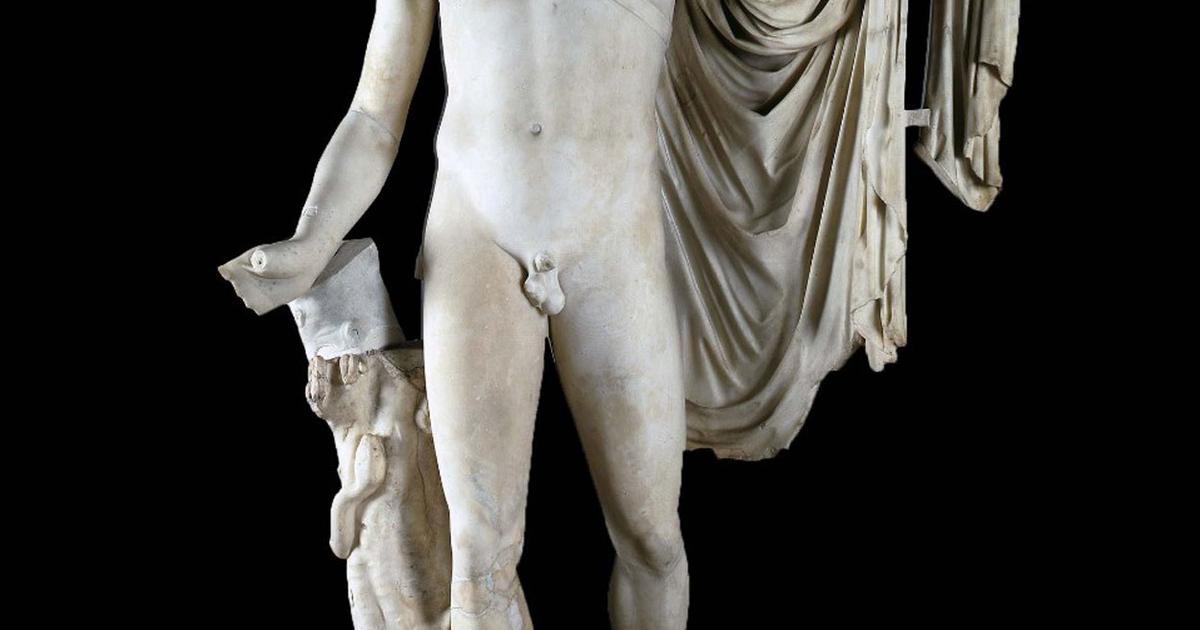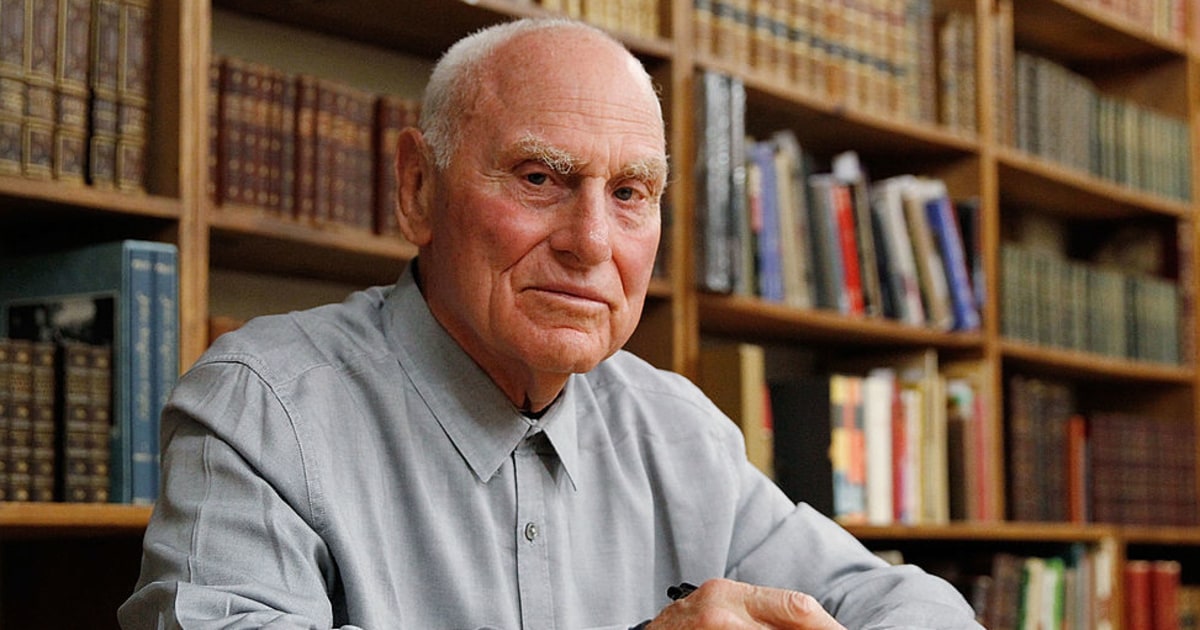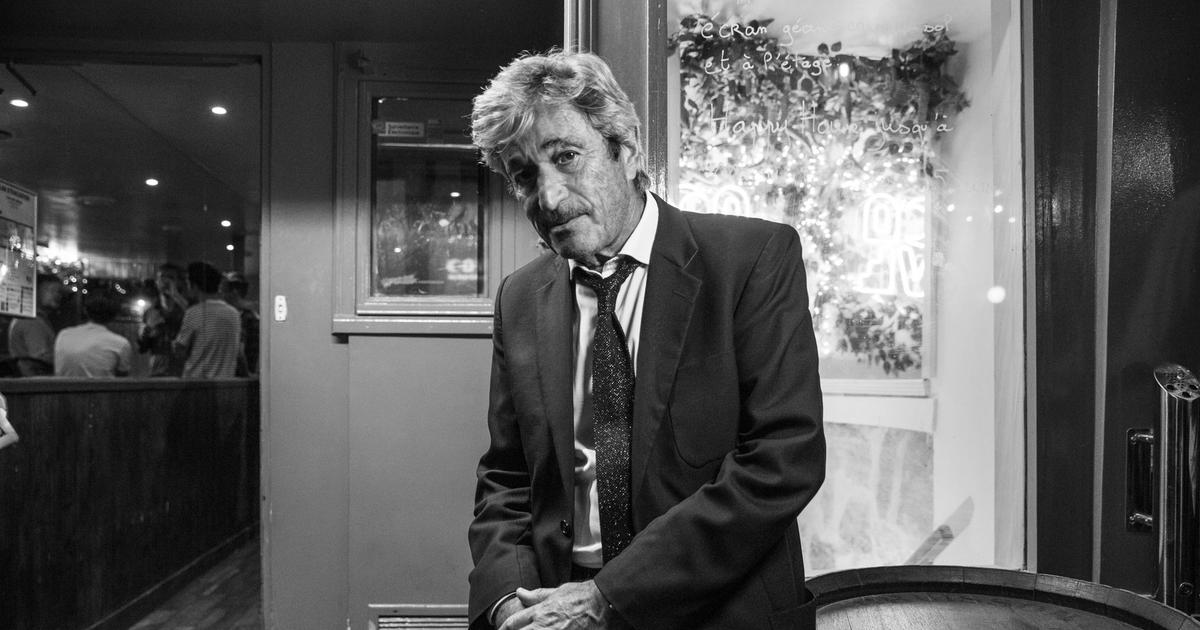The vocation and work of any artist are always marked by her childhood, and Barbara Hepworth's had two elements that led to her passion for sculpture as a child: walks with her father through the English countryside and an Egyptian art class she received at school and of which he said that "it had been like a bomb."
From here: art studies, scholarships to travel abroad and the influence of a great colleague and friend from the beginning of his studies, Henry Moore, who influenced and who influenced his career. Hepworth traveled to Paris, Rome, Florence and Siena, married and divorced twice, had four children - triplets with his second partner -, overcame World War II and, despite the ups and downs he also suffered in life , her appearance was always that of a happy woman, capable of transmitting peace on her face.
The more than six hundred sculptures that Hepworth made throughout his career continue to be a legacy of the unique power that art possesses to reflect the timeless values of humanism and natural beauty with the simplicity of the forms and their harmony with the natural environment. where the majority are located.
Jocelyn Barbara Hepworth was born on January 10, 1903 in Wakefield, in the British county of West Yorkshire. She was the eldest daughter of Herbert, a civil engineer who became a county inspector in 1921, and Gertrude. As a child, she enjoyed the car trips that her father made throughout the county of Yorkshire due to her work and, as she would later recognize, the contact with nature and landscapes deeply marked her vocation and the style of her work.
She attended Wakefield Girls' High School, where she was awarded a music scholarship in 1915. There she was impressed by a class in Egyptian art that she received, which made her opt for art and, specifically, sculpture. Upon graduation she enrolled at the Leeds School of Art, where she met Henry Moore, a fellow student with whom she forged a great friendship, and sometimes also professional rivalry.
- Barbara Hepworth, space sculptor
Between 1921 and 1924 Barbara Hepworth specialized in sculpture at the Royal College of Art in London. Despite her youth, along with Moore and other college students, she made occasional trips to Paris, where she soaked up the trends of the time. Barbara obtained her Art diploma in the summer of 1923, but decided to stay another year to compete for the Prix de Rome, in which John Skeaping, eventually her first husband, was the winner.
Barbara obtained a one-year scholarship abroad and traveled to Italy. She settled in Florence, where she spent the first months studying Roman and Renaissance art and architecture, but also traveled to Siena and Rome. At the Palazzo Veccio in Florence she married sculptor John Skeaping in May 1925. The couple moved to live at the British School in Rome, where Skeaping was a student of sculpture in Rome, and Hepworth learned to carve marble from the master. Giovanni Ardini. However, they returned to London a year later due to Skeaping's poor health.
The joint exhibitions of the couple became common and collectors began to acquire their works. But in the following years, two events changed Barbara's life. In 1929 her first son, Paul Skeaping, was born, and in 1931 she met the painter Ben Nicholson, with whom she fell in love and with whom she had triplets after divorcing her first husband. However, it was not until 1938 that she married him.
Hepworth and Nicholson were key members in the English abstract art movement of the 1930s. They both revealed their movement towards abstract art in joint exhibitions in both 1932 and 1933, and where Hepworth began experimenting with collages , frames and engravings. They worked traditional materials in a classical way at first, to do it in an innovative way later, especially wood and stone. The progression of their work is characterized by the hollow spaces that they introduced into the sculptures. For them, the natural properties of the material should definitely shape the work.
- The totem hole
She herself said that “each sculpture must be touched, it is part of the way of making it and it is really our first sensation, it is the sense of touch, the first we have when we are born. I believe that each person who looks at a sculpture must use their own body. You cannot look at a sculpture if you are going to remain rigid, you must walk around it, lean over it, touch it and move away from it ”.
Most of Barbara Hepworth's works acquire a fickle meaning, in which, despite its simple forms, the hollow it contains becomes the lung of the sculpture. The artist worked without previous sketches, but by the intuition that the materials transmitted to her, so the result was always smooth, rounded works, polished by the used materials of stone and wood, which acquire great harmony and beauty when put together. This is what is known as direct carving, a technique by which the sculpture process is influenced by the qualities of the raw materials rather than by a preconceived model of the work.
In the mid-1930s, Barbara met great artists, such as Mondrian and Kandinsky, and traveled to many capitals invited to open exhibitions. She is interested in ideas for large-scale works and shows her sympathy for the anti-fascist cause that runs through Europe. On this day, August 25, 81 years ago, in 1939, the Nicholson-Hepworth couple and their triplets arrived in St. Ives, a coastal city in southern England, where they settled before the outbreak of World War II.
In St. Ives he established his studio, where he continued his career until his death in 1975. At the end of World War II Barbara became, together with her colleague and friend Henry Moore, one of the most important revelations of sculpture of her generation , and his works, over the years, grew larger; for example, the monument to Dag Hammarskjöld (1964) at the United Nations headquarters in New York (United States), which is one of her most recognized sculptures.
One of the hardest emotional blows Barbara experienced in her life was the death of her eldest son, Paul, who passed away at age 19 in a Royal Air Force plane crash while stationed in Thailand. The heartbreaking death of her father prompted her to work on the play Madonna and Child , as well as prompting her to make a trip to Greece in 1954.
Hepworth was awarded the 1959 São Paulo Biennial Grand Prize and received two honorary titles: Insignia of Commander of the British Empire (1958) and Lady of the British Empire (1965). Her work continued to be exhibited in Europe, always with great critical success. She was also awarded the 1968 St. Ives Freedom Prize in recognition of her importance to the city.
Barbara Hepworth died there, in St. Ives, on May 20, 1975, after a long battle with cancer and in a fire at her home. She was 72 years old.
His studio became the Barbara Hepworth Museum in 1976 and his work is now included in numerous public and private collections around the world, including the Deutsche Bank and the Yale Center for British Art.






